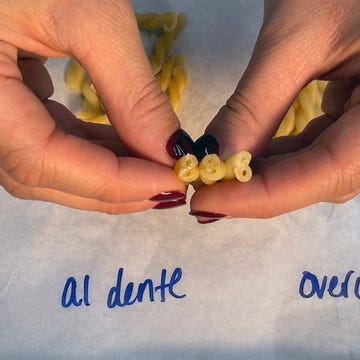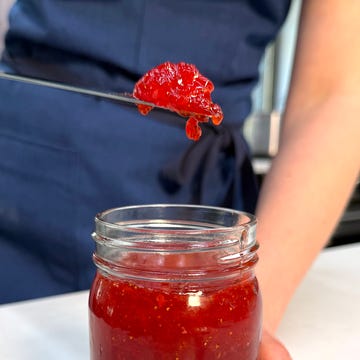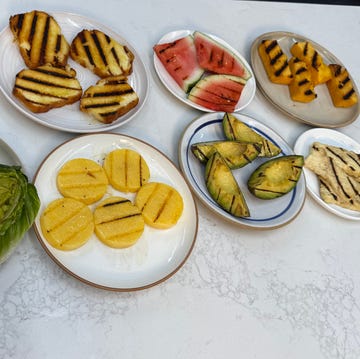A great substitute for onions when you need a sweeter or more subtle flavor, shallots are too often overlooked. Typically found near onions at the market, they are used in much the same way. This means applying the same knife techniques you’ve mastered on onions to this smaller produce.
And practice makes perfect. While your mince might not look perfect at first, it's worth practicing until you can dice it well. A cleanly cut shallot will have a pleasant, sweet flavor, while a roughly chopped or crushed shallot will have some of that sulfurous aroma that can make your eyes burn.
Similarly, if you plan to use the shallots raw, a finer mince is probably the way to go, while a larger dice may be the better option for sautéed shallots. Follow our guide below for all the best tips and tricks on mincing shallots perfectly each time.
What Are Shallots?
Shallots are an allium closely related to onions and garlic. Culinarily, they are used fairly similarly to onions, with a flavor that is similar to onions, but more delicate. Raw shallots have that classic onion bite, but the flavor mellows as they cook. Cooked shallots have a sweet flavor. When selecting shallots, you should use the same process as you do with onions. You want a firm, heavy shallot with a tight, papery skin and without any soft spots or dark patches.
How To Mince Shallots
Like any knife cut, the first step in mincing shallots is to ensure you are using a sharp knife. Sharper knives actually make things safer in the kitchen, as you don’t need to use as much pressure when slicing, reducing the risk of the blade slipping off its intended cutting path.
Remove the papery outer layer of the shallot and separate the lobes, then trim the tip off the shallot. It tends to be either dried and papery or a bit rubbery. Be sure to keep the root end, which acts as an anchor, intact—otherwise your shallot will not hold together as you mince—but feel free to trim off any of the stringier, dirty root ends if present.
Slice the prepped shallot in half lengthwise and lay each half, flat side down, on the cutting board.
Make a series of vertical slices perpendicular to the cutting board, taking care to stop your cut just before the root end. You want to keep the spacing of these cuts fairly close together, as they will ultimately help determine the size of your mince.
Turn the shallot 90 degrees, and working from the top end of the shallot, carefully make a few thin vertical cuts parallel to the cutting board. You want to make sure you don’t slice all the way through the shallot so as not to separate the individual layers from the whole at the root end.
Now complete your mince: Turn the shallot 90 degrees again, and by rocking your knife back and forth, make a series of horizontal cuts, crosswise to your vertical pattern. Try to keep these cuts spaced as similarly as possible to your vertical cuts for a more even mince.
How To Use Minced Shallots
Minced shallots are great for a number of dishes. They’re the perfect way to add a bit of bite to a salad dressing, without the sometimes overpowering punch of raw onion. Quick-pickled minced shallot is the perfect topping for grilled or raw oysters. And if you’re looking to sauté or bake the shallots for a sweeter taste, they go perfectly in our roasted shallot & garlic Caesar dip.
How To Store Shallots
Whole shallots can be stored like any other allium. Store them in a cool, dark, and dry place with adequate air circulation. You can also hang them to store, similar to garlic and onions, and under the right conditions, they can last for up to 2 months. You can also freeze raw minced shallots for up to 3 months, though they won’t retain their crisp texture when raw and may lose some potency as well.













